On October 22, at Quang Nam Museum, the Institute for Monuments Conservation (Ministry of Culture, Sports and Tourism) organized a scientific workshop "Application of chemical technology in the preservation of relic materials".
This is a scientific forum for researchers, experts, etc. to share, exchange experiences and publish scientific research works related to the preservation of brick and stone materials in relics, especially Champa temple and tower architecture in Quang Nam.
In-depth research is needed
Experts focused on discussing theoretical and practical issues such as: the current status of management and preservation of brick and stone materials in relics; current techniques and technologies for preserving brick and stone materials in Vietnam and around the world ; some directions for research and development of chemical technology and preservation of brick and stone materials in relics; the specific applicability of technologies, solutions, and products for preserving groups of brick and stone materials in relics...
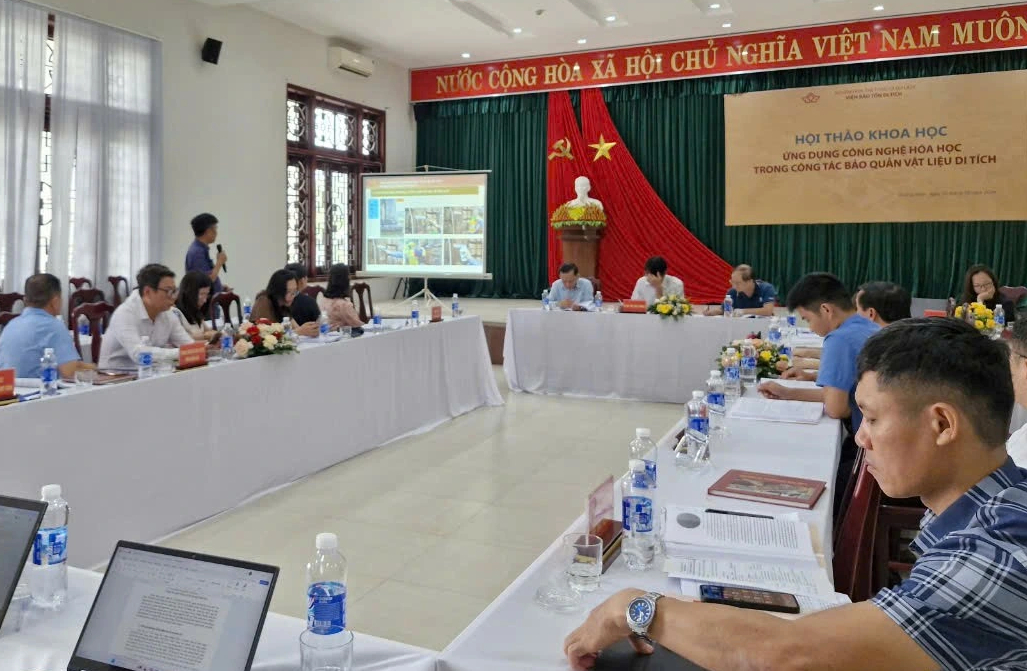
Overview of the scientific workshop "Application of chemical technology in the preservation of relic materials"
Presenting a paper at the workshop, MSc. Le Van Cuong (My Son Cultural Heritage Management Board, Quang Nam) said that in recent years, My Son Heritage Site has received attention and assistance from many domestic and foreign organizations in preserving and promoting heritage values; especially in the work of restoration, embellishment, research on materials and preservatives to help the temples here last forever.
However, the results achieved are only the first step. Investment in both material and financial resources is needed to conduct more in-depth research to find effective solutions for preserving temples and artifacts.
MSc. Le Van Cuong proposed that it is necessary to focus on comprehensive research to find solutions to better preserve materials at My Son in the new situation, especially with the phenomenon of lichen and mold appearing on artifacts, tower walls...
"We must pay attention to research work associated with experimental preservation of materials. Besides new preservatives, we need to pay attention to natural preservatives, close to the ancients. We need to find suitable materials to restore the original state, protecting the relics from the ravages of nature," said Master Cuong.
Meanwhile, Dr. Pham Van Trieu (Institute of Archaeology) said that for relics that are restored to their original state for outdoor display, it is necessary to carry out careful, interdisciplinary research steps to comprehensively evaluate the relic and its construction materials. Aiming to build an outdoor exhibition museum in the true sense, investing in modern equipment, highly qualified human resources, and a system of modern auxiliary equipment to explain and interpret the relic to create a strong impression on visitors. However, it is absolutely necessary to avoid adverse impacts on the relic's construction materials, which can deform the relic.
For relics, it is necessary to comply with preservation procedures, especially preservation in a closed warehouse environment, strictly controlling external influences. In case of outdoor display, it is necessary to have a research and chemical treatment plan to prevent the relics from deteriorating.
Opening up great potential for long-term conservation
Dr. Pham Van Trieu said that in archaeological relics, bricks and stones are solid, durable materials and are the main components. These are indicators that help researchers determine the scale, structure and formation and transformation process of the relics over time.
The preservation of these materials is approached from two directions: from relics and artifacts. However, from either direction, there are certain difficulties, especially in investing in equipment, supplies, and chemicals for preservation and conservation work.
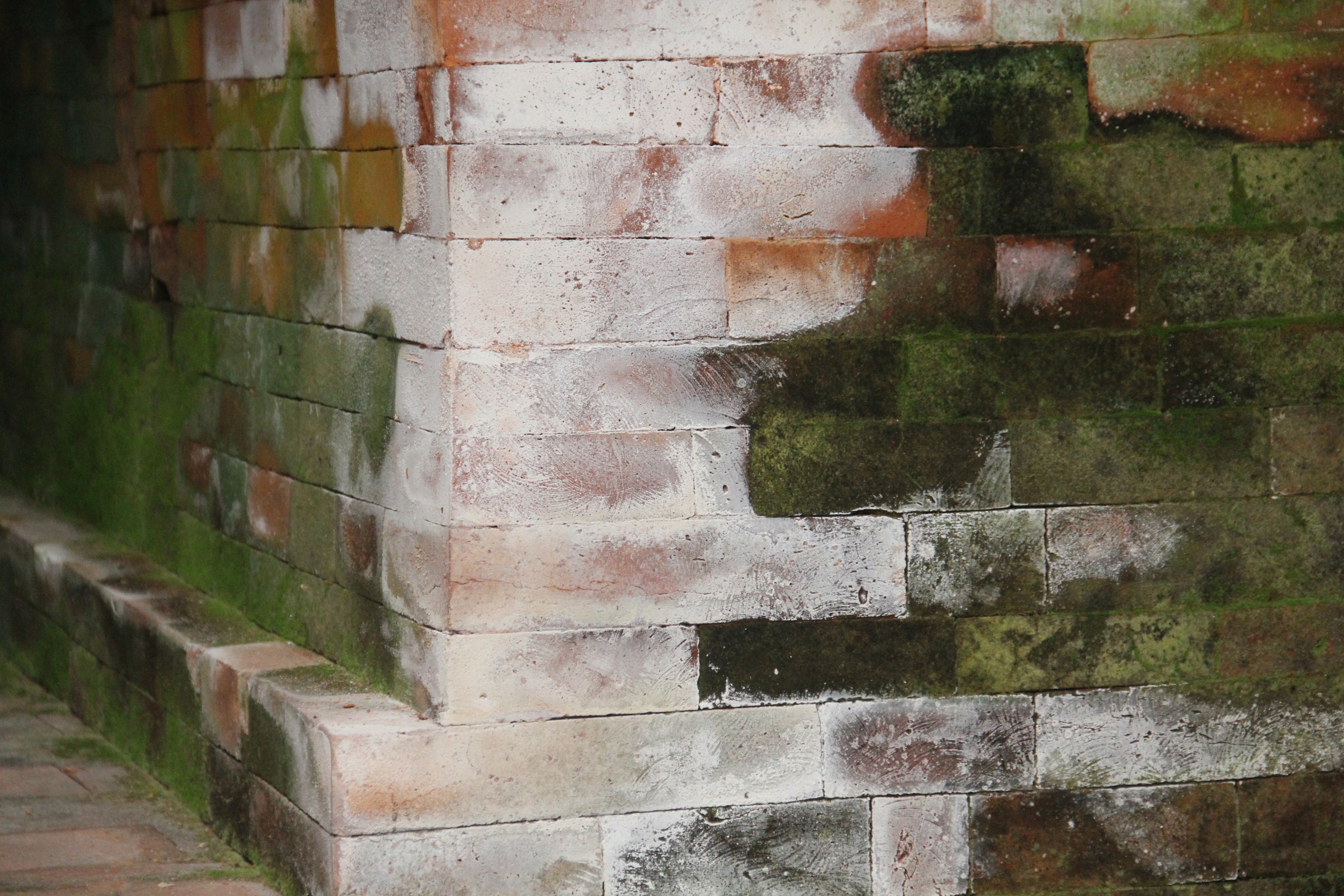
Salt and mold occurred after the restoration of Khuong My tower.
"Preserving and conserving brick and stone materials is also preserving archaeological relics and artifacts, which in Vietnam is currently only at the basic level of processing. Somewhere there are systematic and scientific methods, but they cannot meet the correct procedures of the scientific field of conservation and preservation," said Dr. Pham Van Trieu.
In his concluding remarks at the workshop, Master-Architect Tran Quoc Tuan, Deputy Director of the Institute for Monument Conservation, said that monument preservation is the first stage in monument preservation, aiming to prevent and minimize impacts from the natural and social environment. This process must ensure that the original elements of the monument such as location, structure, materials, construction techniques, functions and landscape are not changed. Preservation helps to preserve the authenticity and originality of the monument to the maximum, thereby promoting the cultural and historical values that the monument brings.
According to Master of Science and Architect Tran Quoc Tuan, with the advancement of science and technology, advanced methods of preserving relics such as chemistry, physics and biology are being applied more and more popularly in the world. In Vietnam, the trend of preserving by chemical methods is being researched, developed and widely applied.
"This method has brought about initial positive results, meeting strict requirements on maintaining the integrity and increasing the sustainability of relics, while opening up great potential for long-term preservation of the country's cultural and historical heritage," said Master of Architecture Tran Quoc Tuan.
Master-Architect Tran Quoc Tuan acknowledged that this workshop contributed scientific theoretical foundations and practical applications to raise awareness, improve efficiency, connect cooperation, and promote the ability to apply chemical technology to protect and ensure the integrity of relic materials in preservation work.
Source: https://thanhnien.vn/lam-gi-de-bao-ve-va-duy-tri-gia-tri-nguyen-goc-cua-di-tich-185241022162140538.htm


![[Photo] Hanoi morning of October 1: Prolonged flooding, people wade to work](https://vphoto.vietnam.vn/thumb/1200x675/vietnam/resource/IMAGE/2025/10/1/189be28938e3493fa26b2938efa2059e)



![[Photo] Keep your warehouse safe in all situations](https://vphoto.vietnam.vn/thumb/1200x675/vietnam/resource/IMAGE/2025/10/1/3eb4eceafe68497989865e7faa4e4d0e)
![[Photo] President of the Cuban National Assembly visits President Ho Chi Minh's Mausoleum](https://vphoto.vietnam.vn/thumb/1200x675/vietnam/resource/IMAGE/2025/10/1/39f1142310fc4dae9e3de4fcc9ac2ed0)
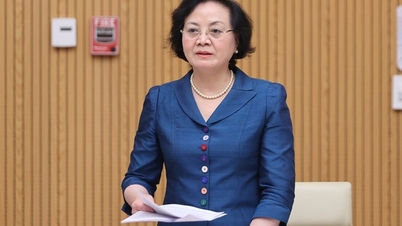

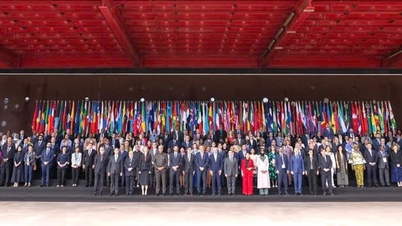

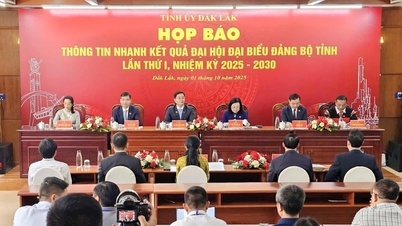

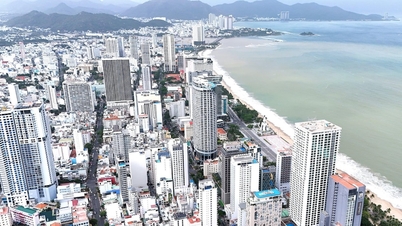
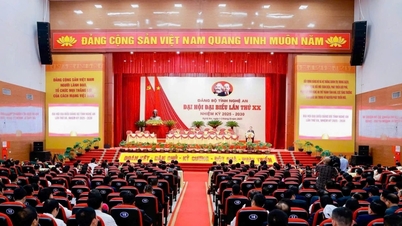






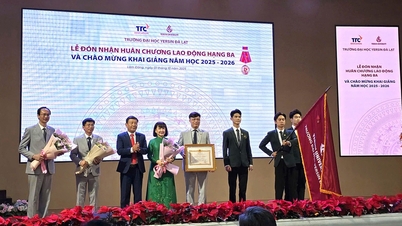

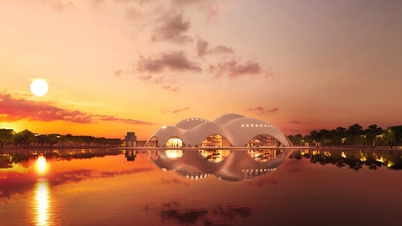
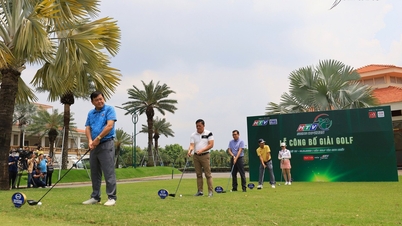

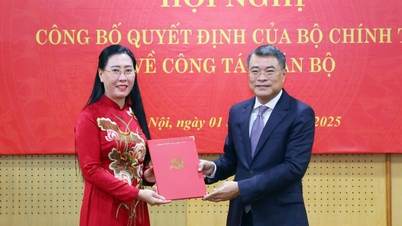





































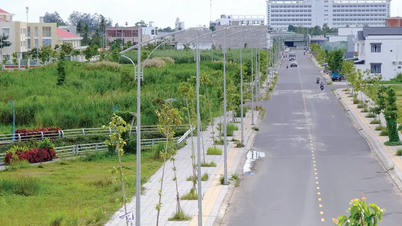

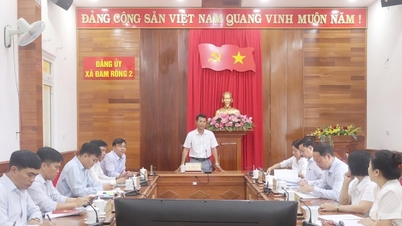

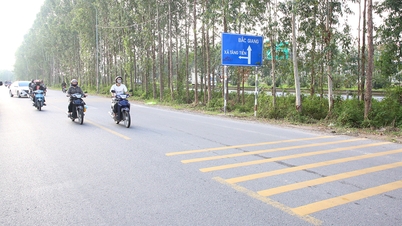

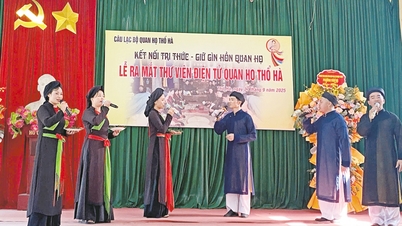
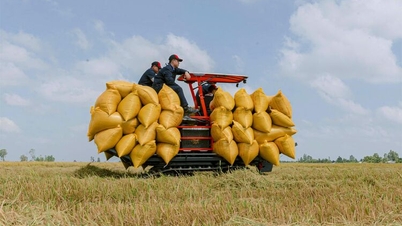

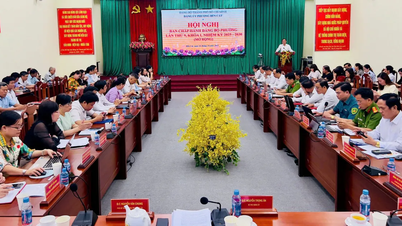














Comment (0)